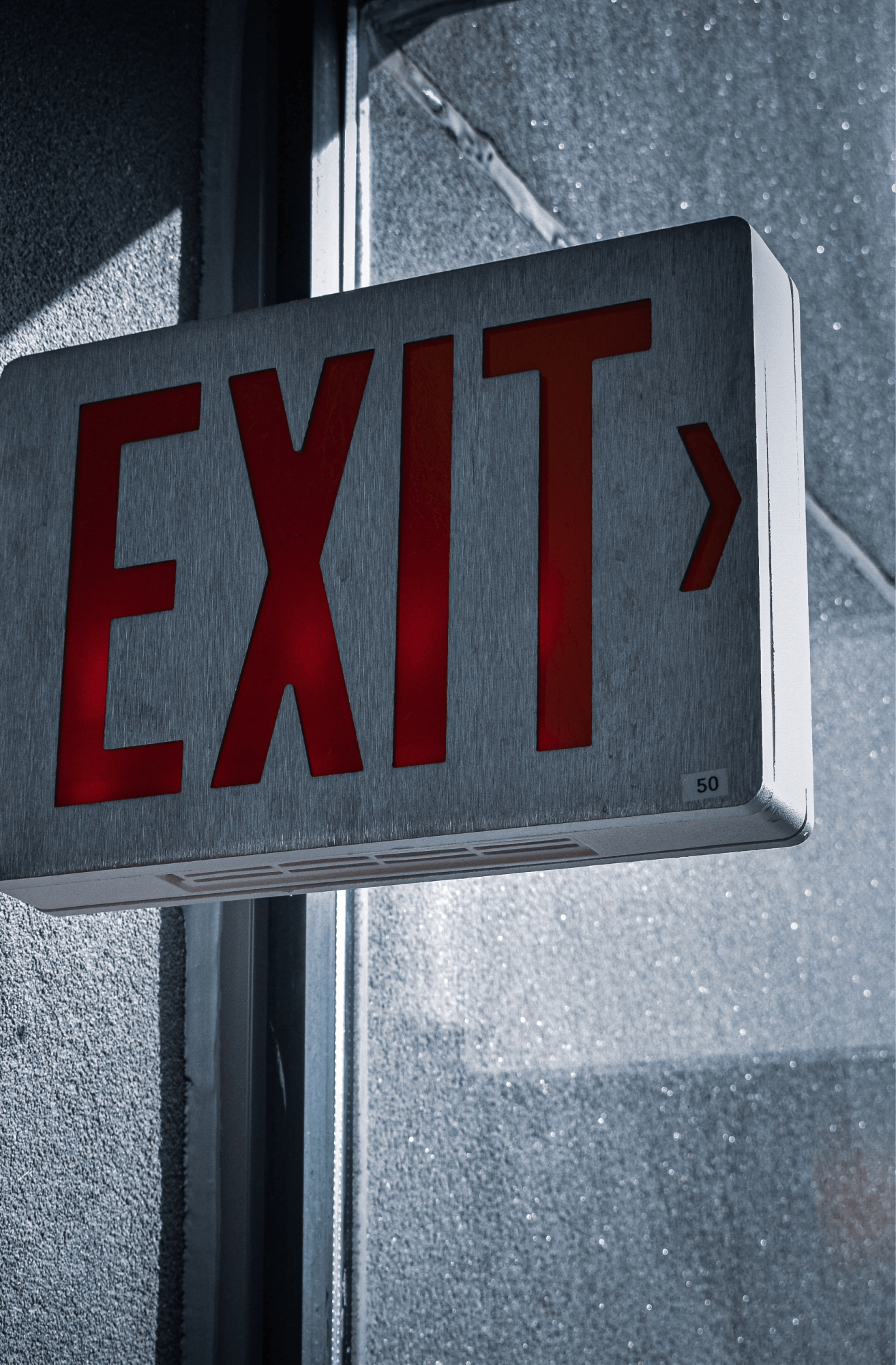
Create a family emergency plan
Understand the building where you live. Was it built using anti-seismic techniques?
Request documents and information from the builder or manager to understand what risks you are taking by living there.
Where are the gas, water, and electrical lines?
Make sure they are revised regularly and that the entire family knows how to turn them off.
Where is the fire extinguisher in your home?
Learn how to use it, put it in an accessible place and make sure it is revised annually.
Outside your home:
Decide on an alternative point of contact and meeting place if you are not together during the quake.

Identify and secure the objects that may fall and cause additional damage in your home
- All furniture, cabinets, and shelves should be secured to the walls, floor, or ceiling.
- Place heavy or large objects on the floor or on lower shelves.
- Secure furniture or place non-slip pads on heavy objects that may fall, such as televisions, aquariums, etc.
- Do not place mirrors or heavy frames next to or above sheltering locations such as beds or tables. Secure them with retaining mechanisms to prevent them from falling.
- Do not place beds near windows.
- All hallways should be cleared from bulky objects and furniture to facilitate evacuation in emergency situations.

Identify the safest and most dangerous places in your home
Safe
In the corners of master walls and next to large and sturdy furniture and objects.
Dangerous
Next to windows, mirrors, lamps, unsecure furniture, and other objects that are not fixed or that are made of fragile materials. Never rush out the door and don't use the elevators.

Prepare an emergency kit with disaster supplies
It must include
- Water
- Non-perishable food
- Battery radio
- Flashlight
- Spare batteries
- First aid kit
- Essential medicine
- Whistle
- Copy of identification documents
Check items regularly, and replace them if they are out of date. Don’t forget, everyone must know where to find the kit.
Observe safety precautions when an earthquake occurs

Indoors
- First protect yourself. Get to the closest safe space, and remember to “Drop, Cover, and Hold on”. Wait until the tremor subsides.
- Turn off water, gas, and electricity lines.
- Whenever possible, get the emergency kit and the fire extinguisher.
- If it is safe to go outside, secure an exit and meet up with your family.
Outdoors
- Keep away from the nearest building, at a distance twice the size of the building.
- Move to a safe place, an open space, away from the sea or waterways, such as a park.
- Remain calm.
At school
- Move away from windows.
- Take cover near large and sturdy furniture and objects.
- Wait until the shaking subsides.
- When the shaking stops, follow the instructions of the teachers and staff.
- Remain calm.
At the office
- Move to a safe place to protect yourself from falling objects or furniture and other heavy items toppling over or sliding into you.
General
If you are trapped inside a room or unable to move, don’t keep on shouting as this could exhaust you and endanger your life. Instead, make large noises by, for instance, using something solid to hit the door or walls to let others realize that you are in the room.
What not to do when an earthquake hits
- Do not reset your circuit breaker to restore the flow of electricity as it could start a fire.
- Do not use elevators as there is the danger of getting trapped inside.
- Do not use the phone except in case of an emergency.
- Do not engage in rescue activities alone. To reduce the risk of injury, work with several people when attempting to rescue others.
- Do not use a car to evacuate as it may impede the passage of emergency vehicles.
If you cannot get phone reception in an emergency, remove the SIM card to automatically switch the phone to 2G.

Follow the evacuation procedures
What to do before evacuating:
- Gather correct information - turn on the radio and comply with the recommendations of the authorities.
- Confirm the safety of your family
- Confirm the situation inside and outside the home, stay if safe
- If you’re away from home, stay where you are if it is safe
- Confirm the safety of neighbors
- Turn off possible sources of fire and clean up any flammable products spilled (alcohol or paints, for example).
- Turn off the circuit breakers
- Leave a warning memo.
- Don’t hesitate to request help if needed and or cooperate with others.
- If you go to an evacuation centre:
- Giving your contact information
- Confirm the safety of family members, etc.
- Share duties and tasks that need to be done
For more information, please check the page of the Lisbon Municipal Civil Protection Service